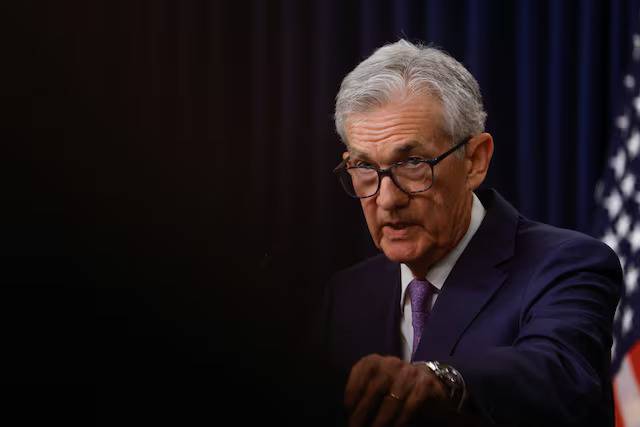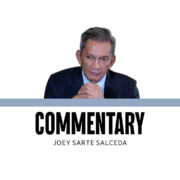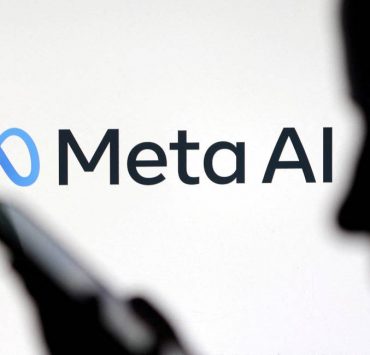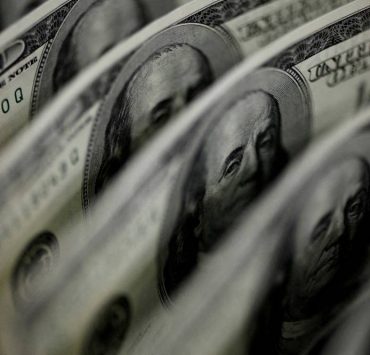US inflation weakening, but Fed wants more data before rate cuts

SINTRA, PORTUGAL—The US is back on a “disinflationary path,” Federal Reserve chair Jerome Powell said on Tuesday (Wednesday, Philippine time), but policymakers need more data before cutting interest rates to verify that recent weaker inflation readings provide an accurate picture of the economy.
Data for May showed the Fed’s preferred measure of inflation did not increase at all that month, while the 12-month rate of price increases has ebbed to 2.6 percent, still above the US central bank’s 2-percent target but on the way down after a scare in the first months of the year.
“We just want to understand that the levels that we’re seeing are a true reading on what is actually happening with underlying inflation,” Powell said at a monetary policy conference in Portugal sponsored by the European Central Bank.
“I think the last reading … and the one before it to a lesser [extent] suggest that we are getting back on the disinflationary path,” Powell said. “We want to be more confident that inflation is moving sustainably down toward 2 percent … before we start … loosening policy.”
Powell would not comment on when US rate cuts might begin, but acknowledged the Fed has entered a sensitive phase in its deliberations in which the risks to its inflation and employment goals “have come back much closer to balance”—meaning neither can take full priority in setting policy.
In particular, some closely watched measures of the job market suggest the U.S. economy may be at a point where further progress on inflation will involve the sort of tradeoffs with rising unemployment that the Fed has so far avoided.
“You can’t know that with precision,” Powell said, “but it is understood that we have two-sided risks.”
The US unemployment rate has been at or below 4 percent for more than two years, a fact that many Fed policymakers have used to argue for patience in deciding when to cut the central bank’s benchmark policy rate.

‘Warning signs’
“Given the strength we see in the economy we can approach the question carefully,” Powell said, while also noting that policymakers don’t want to keep policy too tight for too long and “lose the expansion.”
In separate comments to CNBC, Chicago Fed President Austan Goolsbee said he felt there were “warning signs that the real economy is weakening,” and though conditions still remain strong, the Fed needed to be careful not to keep monetary policy at such a tight level longer than needed.
The unemployment rate, while low by historical standards, has risen steadily from 3.4 percent in April of 2023 to 4 percent as of May. The US Labor Department will release the monthly employment data for June on Friday.
The challenge for the Fed is deciding how and when to signal that a policy change is imminent, particularly given that further progress in lowering inflation is expected to be slow.
Powell said on Tuesday that inflation is not likely to be back at the 2 percent target until late next year or in 2026. But he also anticipated it would have fallen to between 2 percent and 2.5 percent a year from now, which he said would be a “great outcome.”
US short-term interest-rate futures were little changed on Tuesday, with prices continuing to imply that the Fed would deliver its first rate cut in September and a second one in December.
The Fed has kept its benchmark policy interest rate steady in the 5.25percent-5.5percent range since last July, and still described inflation as “elevated” in its June 12 policy statement.
The Fed will hold its next policy meeting on July 30 to July 31. —REUTERS
Reuters, the news and media division of Thomson Reuters, is the world’s largest multimedia news provider, reaching billions of people worldwide every day. Reuters provides business, financial, national and international news to professionals via desktop terminals, the world's media organizations, industry events and directly to consumers.

















